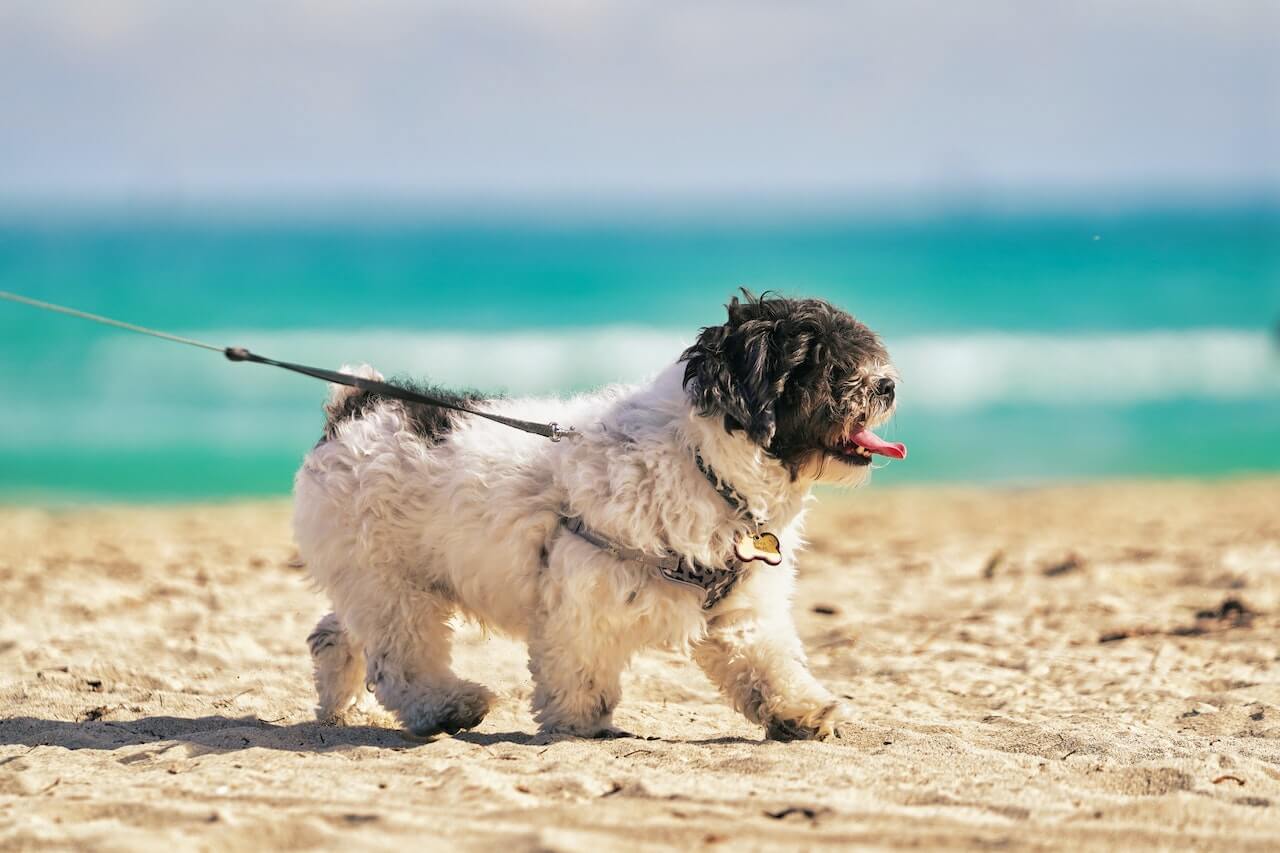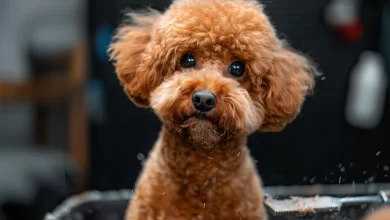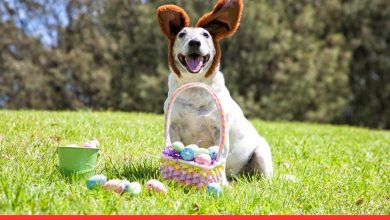The Top 10 Worst Dogs for Families with Kids – and Why!


Choosing a pet for your family can be tricky. You want one that’s friendly, loyal, and low-maintenance, but sometimes certain breeds don’t quite fit the bill. Before you make the decision to bring a furry friend into your home, it might be wise to avoid some of the worst dogs for families out there.
While these breeds often have many positive qualities, they may not always be suitable choices for households with small children or elderly members.
Read on to learn more about which dogs to steer clear from when picking out your pup!
10 Worst Dogs for Families
When it comes to finding the perfect pet for your family, you may think that any dog will do.
However, there are certain breeds that don’t make great family pets and should be avoided if you’re looking for a loyal companion. Here are 10 of the worst dogs for families:
1. Akita:
Although these large dogs are fiercely loyal, they can also become very possessive and territorial, making them dangerous to have around young children.
They require strong leadership in order for them to obey commands and stay out of trouble.
2. Chihuahua:
Despite their size, Chihuahuas can be quite aggressive and territorial. They don’t like to be handled too much and can become snippy if mishandled or provoked by little ones.
They are best left as adult pets. These yappy dogs can also bark incessantly, making them a noisy addition to the family.

3. Chow Chow:
These fluffy canines may look cute but they are actually quite temperamental and aloof, meaning they don’t get along well with kids.
Chow Chows should be kept as an only pet and supervised at all times if children are in the house.
4. Bullmastiff:
This breed is known for its powerful physique and courage, but it also has a tendency to be overly protective of its owners which can make them inappropriate for homes with children.
They require careful handling and firm obedience training to ensure they stay under control.
5. Siberian Husky:
While these gorgeous dogs have great personalities, their boundless energy and independent nature can make them difficult to control.
They require a lot of attention, exercise and training in order to keep them from becoming destructive or aggressive towards other animals.
6. Pekingese:
These small lap dogs may look cute, but they can be quite aggressive towards strangers and children.
They also require a lot of grooming and don’t do well in households with young kids as they tend to become very possessive and territorial when not given proper attention.
7. Weimaraner:
This breed is known for its fierce loyalty, but they can also be quite stubborn and hard to train.
They require a lot of attention and exercise; otherwise, they may become destructive or aggressive towards people and other animals.

8. Alaskan Malamute:
These large, strong dogs were bred to pull sleds and hunt game, which gives them an independent streak that makes them challenging to train.
They also need a lot of exercise and mental stimulation or they can become destructive or aggressive. They are not recommended as family pets.
9. Shih Tzu:
Although these toy dogs are friendly and gentle, they can be quite prone to snapping when irritated.
They also need a lot of grooming and don’t do well in households with small children as they can become irritable if mishandled or provoked.
10. Rottweiler:
These dogs are often seen as dangerous due to their muscular build and intimidating bark, but if trained properly, they can actually make excellent family companions.
It’s important that owners don’t let their guard down around these powerful canines, as they need firm leadership in order to stay out of trouble.

Handling Dog Aggression for Families
Kids and dogs can make great companions when they’re properly introduced and given the right environment to thrive in.
However, when a dog feels threatened or is uncomfortable around children, it can lead to aggressive behavior that puts everyone at risk.
To ensure your pup and young ones get along harmoniously, here are some tips for handling dog aggression around kids:
1. Don’t Let Children Approach Aggressive Dogs Unsupervised
It’s important to teach children to never approach an unfamiliar or potentially dangerous dog without adult supervision.
If you have a pup who exhibits signs of aggression around kids such as barking, growling, lunging and baring teeth, it’s best to keep them separated until you can work with a professional trainer to help them become more comfortable.
2. Teach Kids the Right Way to Interact with Dogs
Kids should know how to interact safely and respectfully with dogs, even ones they may not be familiar with.
For example, encourage your children to always ask permission before petting a dog and show them how to approach from the side rather than head-on.
Teaching your kids good manners around dogs can help prevent unexpected reactions in an already anxious pup.
3. Introduce Children and Dogs Gradually
When introducing a new puppy or dog into your home, it’s important that you introduce them slowly to any existing children in the house as well as other pets that may be present.
Allow both parties time to adjust to each other and get used to the idea of sharing a space. For puppies, early socialization is key for their development into happy and healthy adult dogs.
Conclusion
When it comes to selecting the perfect pet for your family, it’s important to do your research so you can find one that fits into your lifestyle and is compatible with both children and adults alike.
The 10 dogs mentioned above should all be avoided if you’re looking for a loyal companion to join your family.



